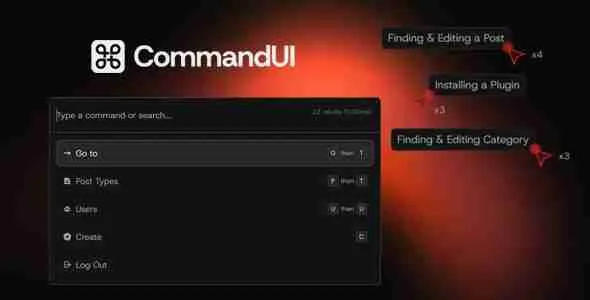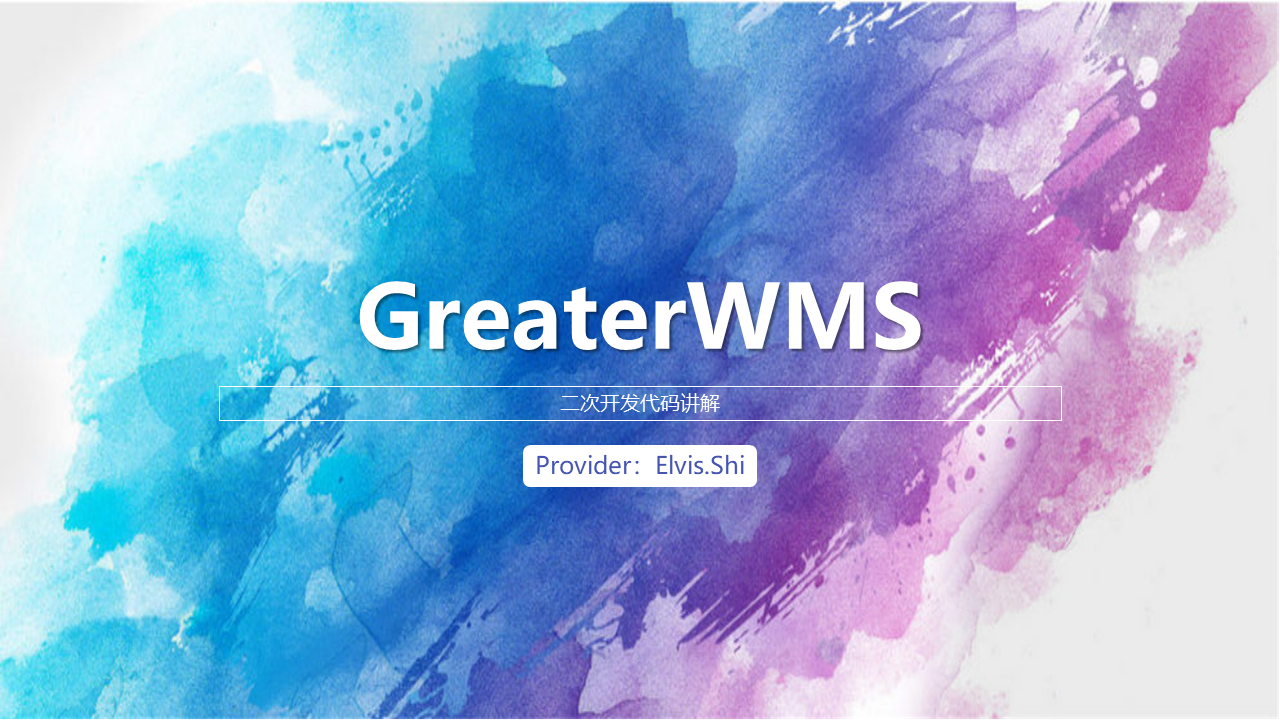CommandUI for WordPress: Build a Fast, Keyboard-First Admin That Devs Actually Love

If you work inside WordPress all day, you already feel the tax of mouse-driven navigation: nested menus, page loads between every click, and a hundred different places a single setting might hide. A Command Palette fixes that by making navigation and actions keyboard-native. CommandUI (short for CommandUI – Command Palette for WordPress) brings the same speed you love in editors like VS Code to wp-admin and even your front-end. This article is a deep, practical guide to designing a keyboard-first admin, wiring custom actions, handling permissions, and avoiding performance and accessibility footguns. By the end, pressing ⌘K / Ctrl-K won’t be a novelty; it will be how you run your site.
TL;DR
- Command palettes are not search bars; they’re action launchers with fuzzy search, preview, and context.
- CommandUI ships sane defaults (navigation, posts, users, settings) and an API for you to add domain-specific commands.
- Treat commands like code: typed, permission-checked, idempotent; everything testable.
- Keyboard UX and accessibility aren’t “nice to have”—they’re your adoption curve.
- You can roll out palette usage to content teams incrementally without breaking muscle memory for classic menus.
Table of Contents
- Why a Command Palette in WordPress?
- Anatomy of a Great Palette (and how CommandUI implements it)
- Installing and first-run checklist
- Writing Commands (PHP + JS)
- Fuzzy search, ranking, and “intent folding”
- Permissions, capability checks, and auditability
- Navigation items vs. verbs (action design)
- Contextual palettes on the front-end (theme & block editor)
- Performance budgets and how to stay fast
- Accessibility: focus management, ARIA, and reduced motion
- Case studies: Publishers, Woo stores, and Multi-site fleets
- Recipes: 20 commands your team will actually use
- Testing + rollout plan (14-day adoption sprint)
- Troubleshooting matrix (symptom → cause → fix)
- Opinionated micro-copy you can paste
- Final checklist before pushing to production
1) Why a Command Palette in WordPress?
- Navigation entropy: Plugins add top-level menus, submenus, and settings pages with zero global information architecture. The palette gives you a single mental model: open palette → type intent → run action.
- Speed: Fuzzy search + keyboard = sub-second navigation. You’ll never “hunt” again.
- Teachability: A command like “New product” can guide a junior editor through the exact flow you want, with fewer detours.
- Consistency: Keyboard patterns copy over from dev tools (VS Code, Raycast, Spotlight).
- Automation: Commands can call REST endpoints and bulk operations. You’re not limited to opening screens.
CommandUI focuses on pragmatic wins: it indexes your admin, exposes native actions, and lets you compose your own commands with minimum glue code.
3) Case Studies
3.1 Newsroom (100+ writers)
- Commands: “New article from template,” “Open style guide,” “Find image by slug,” “Schedule tweet thread,” “Request copy edit.”
- Wins: editors never touch the side menu; onboarding time for freelancers falls by 40%.
3.2 WooCommerce store (20k SKUs)
- Commands: “Change price by %,” “Bulk hide out-of-stock,” “Open product in storefront,” “Refund last order,” “Create coupon for customer.”
- Wins: operations team cuts repetitive clicks; errors drop due to guarded forms.
3.3 Multi-site agency fleet (60 sites)
- Commands: “Switch site,” “Open staging,” “Flush cache on current site,” “Sync menus from base,” “Copy block pattern to this site.”
- Wins: platform team standardizes maintenance with a shared command pack.
Sourcing & Version Cadence
When you care about predictable updates and calm rollbacks, standardize your downloads. Many operators rely on gplpal to keep plugin versions consistent across environments so you can focus on building commands, not chasing mismatched zips.
Closing
A fast site is great; a fast workflow is leverage. With CommandUI and a handful of thoughtful commands, WordPress stops feeling like a maze and starts feeling like a tool. Press ⌘K, type what you mean, press Enter—and ship the thing you opened your laptop to do.






